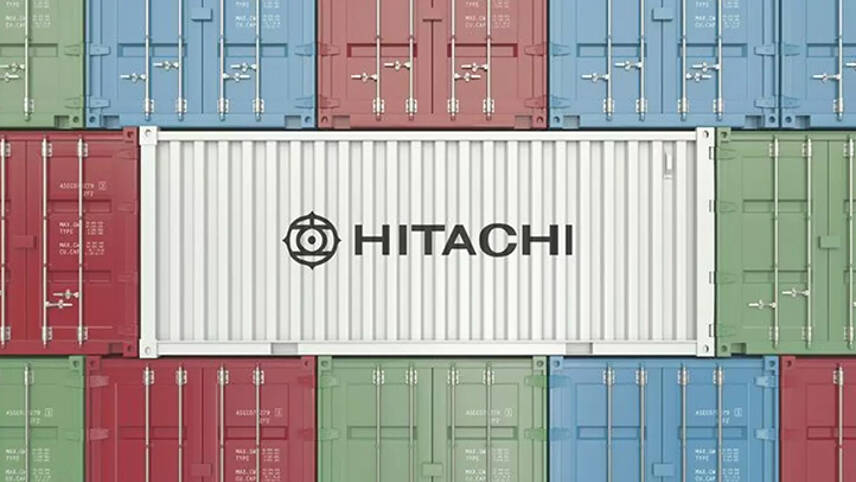Register for free and continue reading
Join our growing army of changemakers and get unlimited access to our premium content

The Centre will also help train the next generation of scientists and engineers in the field
Imperial will work with Hitachi and Hitachi Europe to establish a joint research centre that will deliver research projects, reports and white papers on the challenges facing the net-zero transition.
The ‘Hitachi-Imperial Centre for Decarbonisation and Natural Climate Solutions’ will explore the potential scenarios and pathways of the net-zero transition, with a focus on carbon management, decarbonising energy and transport and enhancing biodiversity through nature-based solutions.
The Centre will also help train the next generation of scientists and engineers in the field. The collaboration will be delivered by senior representatives from both Imperial and Hitachi, including Professor Mary Ryan from Imperial’s Faculty of Engineering, and Dr Kazuyuki Sugimura, CTO of Hitachi Europe.
Professor Ryan said: “There is greater urgency than ever before to tackle global pollution, of which CO2 is one of the biggest sources. This joint research centre will bring together world-leading scientists and innovators in decarbonisation and climate repair to develop new technology and solutions to the climate emergency.
“Imperial and Hitachi will work closely together to make significant advances in developing cleaner energy and this new centre will accelerate our work towards a zero pollution future.”
Professor Ryan also leads Imperial’s Transition to Zero Pollution initiative, which aims to build new partnerships to help deliver a “sustainable zero pollution future”.
As for Hitachi, the company joined the United Nations Race to Zero Campaign in 2020, was a principal partner of COP26.
Hitachi set a carbon-neutrality goal for 2050 that covers the entire value chain, including production, procurement and the use of products and services. It builds on an existing commitment of making all its offices and factories carbon neutral globally by 2030.
Nature-based solutions
There are some key challenges that need to be overcome if nature-based and climate solutions are to roll out at the pace required to help decarbonisation efforts.
Estimates suggest that the current market for offsets will need to grow by at least 15-fold by 2030 and up to 160-fold by 2050, if businesses and nations approach a 1.5C pathway using offsetting to the extent currently planned for. At present, most of the market is accounted for by nature-based projects as the capacity of man-made solutions is smaller. If existing challenges are not addressed, this scaling could bear awful consequences for biodiversity, Indigenous communities and global food security.
Globally, the world is facing an $8.1trn financing gap into nature to help combat the climate crisis and ecological breakdown, according to UN reports that warn that annual investments into nature-based solutions need to increase fourfold by 2050.
The report found that current investment into nature-based solutions sits at $133bn – 0.10% of global GDP – most of which comes from public sources. However, up to $4.1trn is required by 2030, which rises to $8.1trn 2050, a four-fold increase.
Up to $203bn annually is required for forest-based solutions, with peatland and mangrove restoration also highlighted as critical solutions. Marine environment solutions such as seagrass meadows were not covered by the report but will be included in future editions.
The report also estimates that annual investments into these solutions will need to reach $536bn annually by 2050.


Please login or Register to leave a comment.